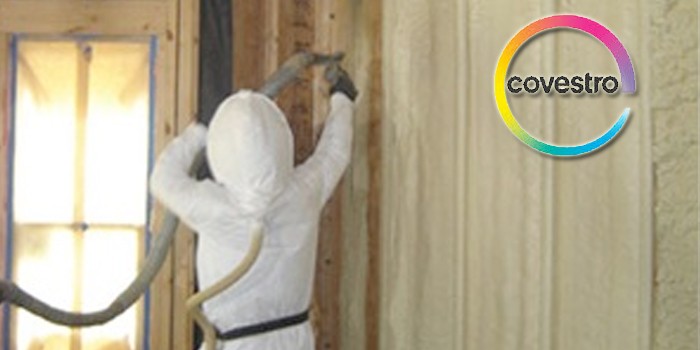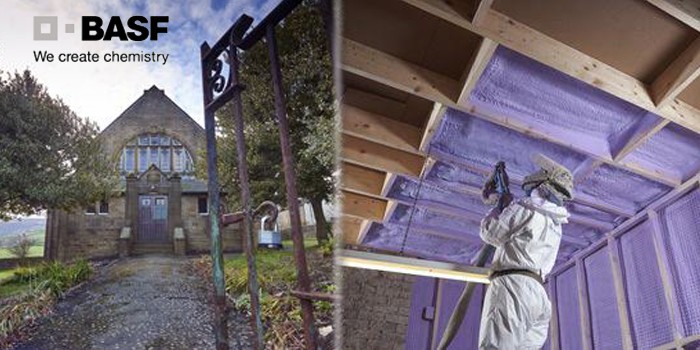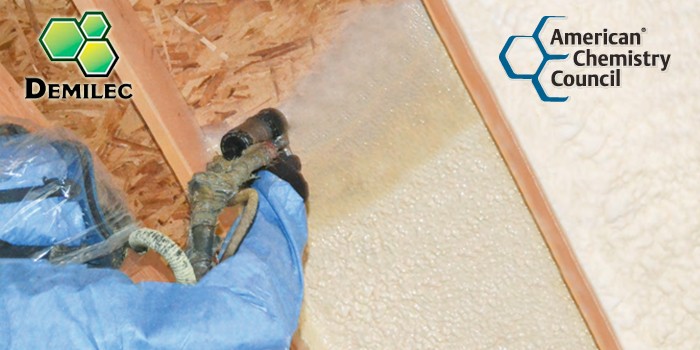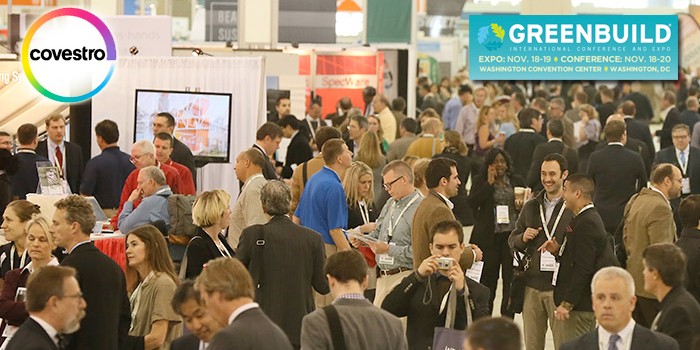Scientists Propose Geoengineering to Respond to Global Warming
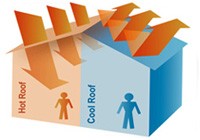
As the threat of global warming becomes widely recognized, scientists have proposed using geoengineering (manipulation of the Earths environment) to quickly respond to this threat. Most proposed geo-engineering techniques are novel and unproven. Two simple technologies that have been around for thousands of years, cool roofs and cool pavements, should be the first geoengineering techniques used to combat global warming. Increasing the solar reflectance of urban surfaces reduces their solar heat gain, lowers their temperatures, and avoids transferring heat back into the atmosphere. Most existing flat roofs are dark and reflect only 10 to 20% of sunlight. Resurfacing the roof with a white material that has a long-term solar reflectance of 60% or more increases its solar reflectance by at least 40%.
It is fairly easy to persuade (or to require) the owners of buildings to select white materials for flat roofs and in California this has been required since 2002. However, the demand for white sloped roofs is limited in North America, so California compromises by requiring only cool colored surfaces for sloped roofs. (This rule took effect in July 2009.) Use of cool-colored surfaces increases solar reflectance by about 20%. Over 50% of the world population now lives in urban areas, and by 2040 that fraction is expected to reach 70%. Pavements and roofs comprise over 60% of urban surfaces (roofs 20 to 25%, pavements about 40%). It is estimated that permanently retrofitting urban roofs and pavements in the tropical and temperate regions of the world with solar-reflective materials would offset 44 billion tonnes of emitted CO2, worth $1.1 trillion at $25/tonne.
How can the reader visualize this one time offset of 44 billion tonnes of CO2? The average world car emits about 4 tonnes of CO2 each year. Permanently increasing the solar reflectance of urban roofs and pavements worldwide would offset 11 billion car-years of emission. This is equivalent to taking the worlds approximately 600 million cars off the road for 18 years.
If only roofs are changed from their current dark colors to white for flat roofs and cool colors for sloped roofs, we can offset 24 billion tonnes of CO2. If we take 20 years to implement just the cool roofs portion, it is the equivalent of taking half of the cars in the world off the road for every year of the 20 year program. The offset provided by cooling urban surfaces affords us a significant delay in climate change during which we can take further measures to improve energy efficiency and sustainability.
Cool roofs reduce cooling-energy use in air conditioned buildings and increase comfort in unconditioned buildings (win #1). Cool roofs and cool pavements mitigate summer urban heat islands, improving outdoor air quality and comfort (win #2). This latest research shows that cool roofs and cool pavements can cool the entire globe (win #3). Installing cool roofs and cool pavements in cities worldwide does not require delicate international negotiations about capping CO2 emission rates.
Disqus website name not provided.





